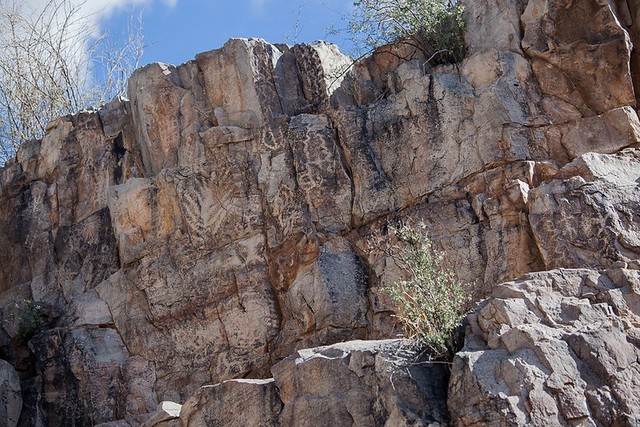
1500 miles in the past, 300 miles yet to come.
Driving towards Alamogordo, New Mexico. Clouds hug the mountain ranges.
The snow from the last hundreds of miles has melted and, except for a few puddles, the desert looks like the desert.

Ready to be home.
The Organ Mountains, one of the newest National Monuments (2014), rise above the clouds.
Warmer air blew in from the west and trapped the cooler air below it. This caused a cloud inversion which pushed clouds low in the canyons of the mountain ranges and exposes the high peaks.

It was a late and very dark arrival — and included a bonus! A meteor shower through the front windshield as we drove the final 30 miles. Even a green shooting star! What a welcome!
The morning after the late arrival…the sun had yet risen over the Santa Rita mountain range and the clouds were bright with desert glitter sunlight!
And I am home. Home in the desert.
~~~~~
This is the last of the “every 100 miles” series.
All photos taken using my iPhone and Hipstamatic app with filter set on random. Since time and distance were the priorities, all photos were taken “on the fly” = zipping past at 65-75 miles per hour.
Essence of travel.
















